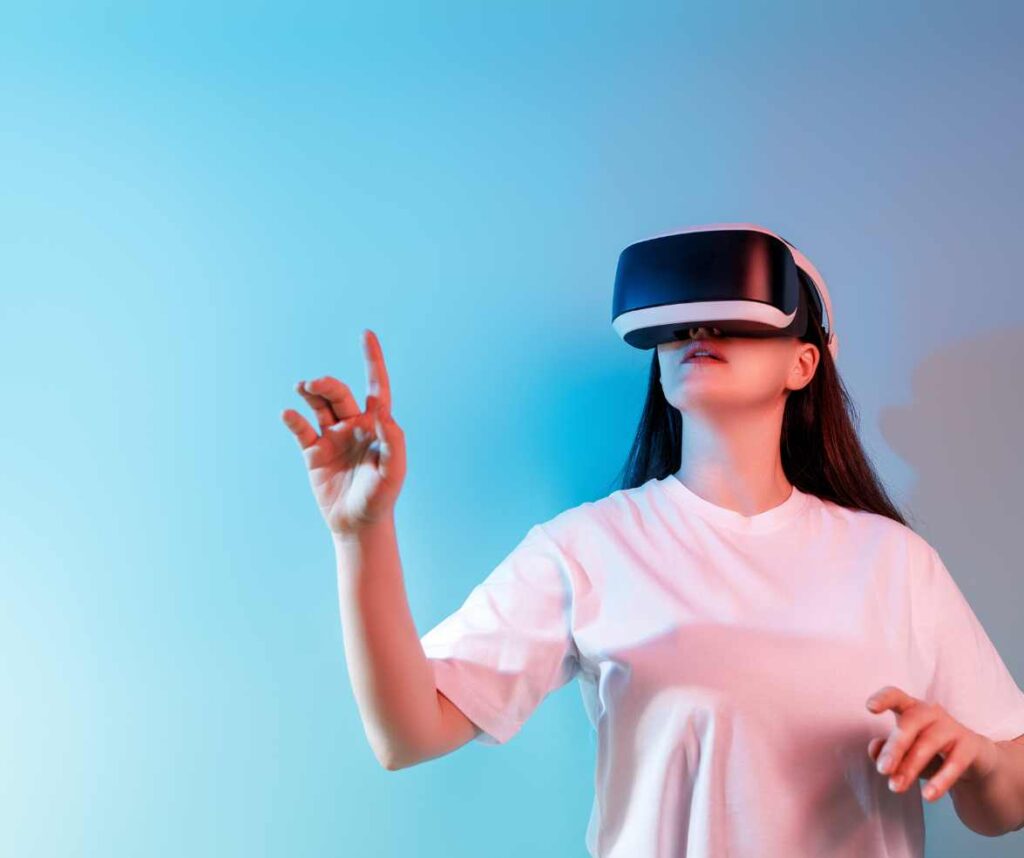The immersive world of VR gaming is wild and exciting, where you’re slicing enemies, dodging bullets, or exploring alien planets—all from your living room! But let’s be real: strapping a high-tech toaster to your face and flailing like a caffeinated octopus for too long can mess with your body. VR gaming is a blast, but it’s not without its disadvantages. For example, there is motion sickness, sweaty headsets, and the occasional “where’s my couch?” feel. Whether you’re a newbie to a shiny VR gaming system or having been using it for years, these five health tips will keep you thriving in VR gaming without crashing like a laggy server. Let’s dive in!
1. Take Breaks Regularly
VR gaming can be quite intense—your body is in your bedroom, while your brain is in another realm. Stay there for too long and your eyes will be begging for mercy. Long sessions on your VR gaming system can leave you feeling like you just ran a marathon in a washing machine. Use the 10-10-10 rule: every 10 minutes, pause for 10 seconds to stare at something 10 feet away. Step away for 5–10-minutes every half-hour. Trust us, your eyes and your neck will thank you, and you’ll be back to owning that VR game in no time.
2. Hydrate Like You’re in a Desert

Ever notice how VR gaming makes you sweat buckets? Whether you’re swinging sabers or sneaking through a dystopian world in a VR game, dehydration can sneak up fast. Dry mouth, headaches, and sluggish reflexes are not the perfect vibe. Keep a water bottle handy and chug 8 ounces per hour of VR gaming. Stay hydrated, and your brain will stay sharp enough to outsmart any virtual boss.
3. Tweak Your Setup to Avoid Pukey Vibes
Even though VR gaming gives a remarkable experience, nothing ruins it faster when you are feeling like you’re on a rollercoaster after Taco Tuesday. Motion sickness happens when your eyes and body can’t agree on reality. To keep nausea at bay, calibrate your VR gaming system properly—set the IPD (that’s the distance between your eyeballs) and tighten the straps so it doesn’t wobble like a bad dance move. Crank the frame rate to 90Hz or higher if you can, and ease into VR games with teleportation before tackling ones that make you sprint. Your stomach will thank you.
4. Save Your Eyes from Screen-Zombie Mode
Staring into the glowing screens of a VR gaming headset is like asking your eyes to run a double shift. Eye strain, dryness, or that “I forgot how to blink” feeling can creep in. Play in a well-lit room to ease the contrast, and if your VR gaming system has a blue light filter, turn it on. Or grab some blue light-blocking glasses for extra swagger. Cap sessions at 1–2 hours, then give your peepers a screen-free break. Your eyes are MVPs—don’t let them retire early from too many epic VR games.
5. Stretch and Stand Tall to Avoid Pain

VR gaming might sometimes have you twisting and even doing some accidental yoga. But bad posture or repetitive moves can turn you into a creaky robot. Clear your play area to avoid smacking walls (or your cat), and keep your head and spine aligned like you’re posing for a gamer headshot. Stretch your neck, shoulders, and wrists before and after playing— It’s like a warm-up for your VR game grind. Stay loose, and you’ll dodge the dreaded “I slept on my neck wrong” pain.
Wrap-Up
Whether you are into horror VR games, or shooting VR games, VR gaming provides the ultimate thrill, but don’t let it turn you into a sweaty, nauseous zombie. With regular breaks, hydration, a dialed-in VR gaming system, eye protection, and some stretchy moves, you’ll keep ruling every VR game without your body sending you a “game over” warning. Also keep in mind these five tips while buying your VR gaming headset.
If you are still having problems after following these tips, you can consult a medical professional for more health advice on using VR.
It is extremely important to listen to what your body’s saying, have a laugh when you trip over thin air, and keep exploring those virtual worlds like a badass gamer.
Just like these tips are important for VR gaming, it is also important to have a proper gaming chair, if you are a PC gamer. Read our article on why the DPS gaming chair is an excellent option for PC gaming.
